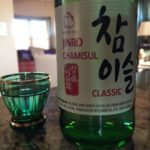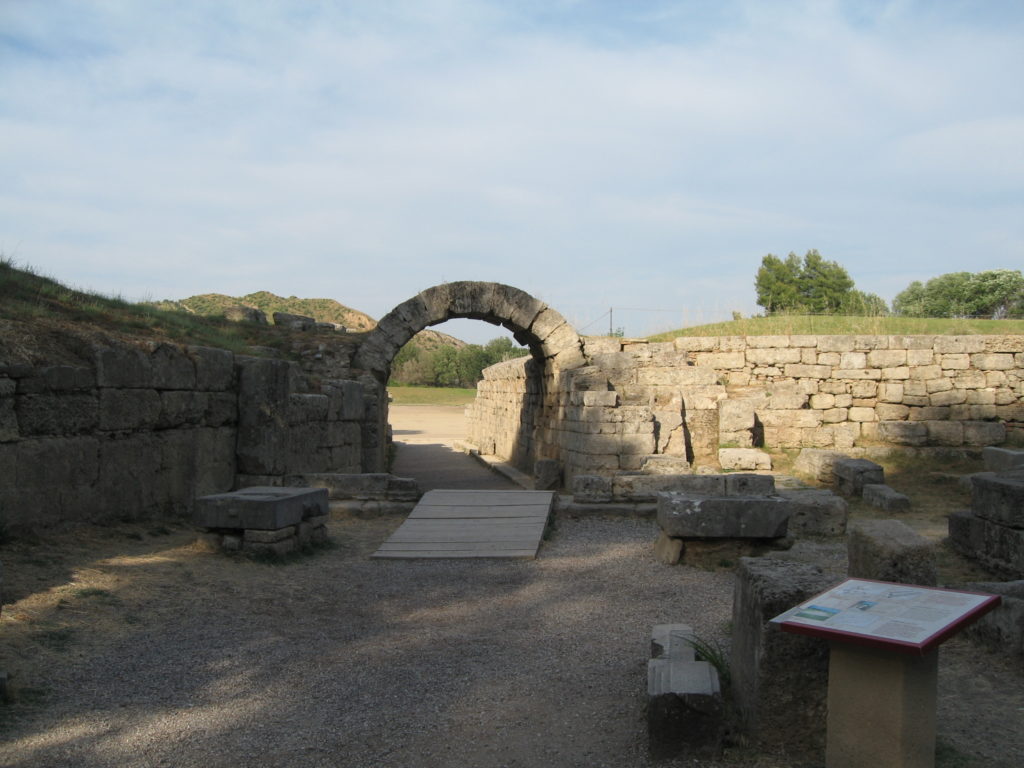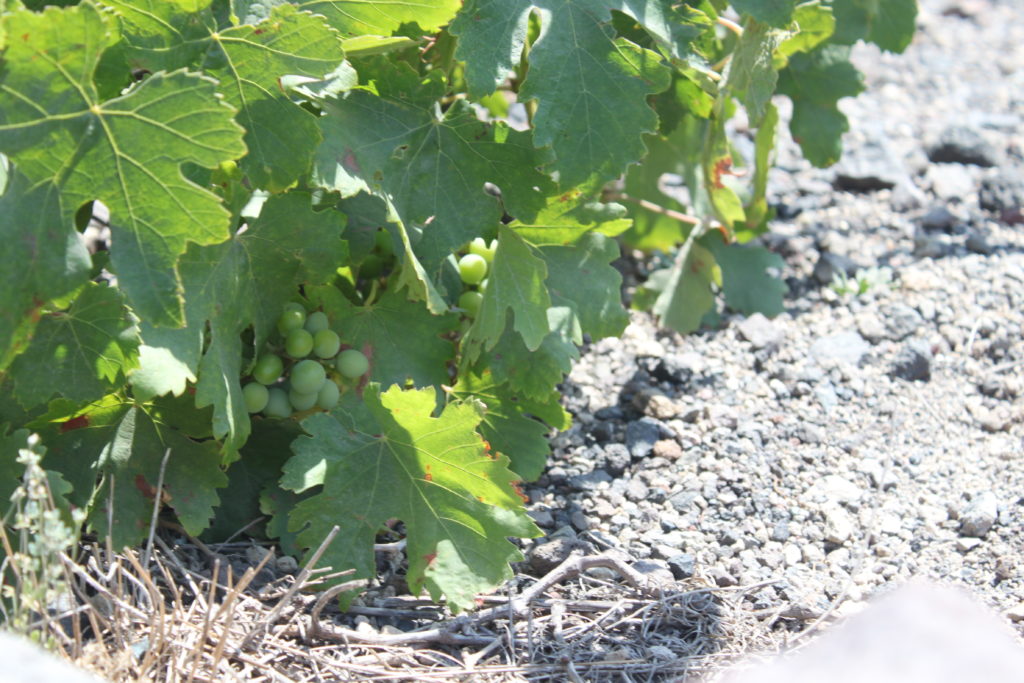Episode 149: Greek Wine, Olympics & Soju Stories
In honor of the Olympics, we thought we’d geek a little bit about Greek wines. The Olympics have come a long way since their origins in Olympia back in 776 BC. Because this year’s event is being held in South Korea, we bring it home, along with the gold, with a factoid on Korean Soju. There were pairing puns, Soju stories, and a new segment letting you know where in the W25 world Steph & Val are … besides the podcast.
In the Glasses This Week (1:12)
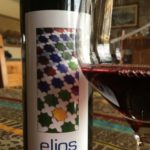 Steph: 2015 Elios Red PGI (Protected Geographical Indication) Peloponnese, Greece imported by Terlato Wines. The blend is Agiorgitiko, Cabernet Sauvignon, Syrah. ($9.67). Light bodied, fresh red fruits, cranberry, strawberry, simple drinking for simple enjoyment.
Steph: 2015 Elios Red PGI (Protected Geographical Indication) Peloponnese, Greece imported by Terlato Wines. The blend is Agiorgitiko, Cabernet Sauvignon, Syrah. ($9.67). Light bodied, fresh red fruits, cranberry, strawberry, simple drinking for simple enjoyment.
Val: Jinro Chamisul Classic Soju. It’s a distilled spirit, which we’ll get into during the factoid. This one is made with rice and various (unnamed) grains and is 20.1 % abv. You have to budget out a stiff $4.99 for a 357ml bottle.
Discussion: Wine and Olympics? (4:26)
The first winter Olympics were held in 1924 in Chamonix, France, and we do drink a lot of French wine on this show. But the Olympic tradition dates back thousands of years to Greece. We don’t, however, drink a lot of Greek wine on this show.
So here’s the quick and dirty on the regions around Greece.
Regional Rap
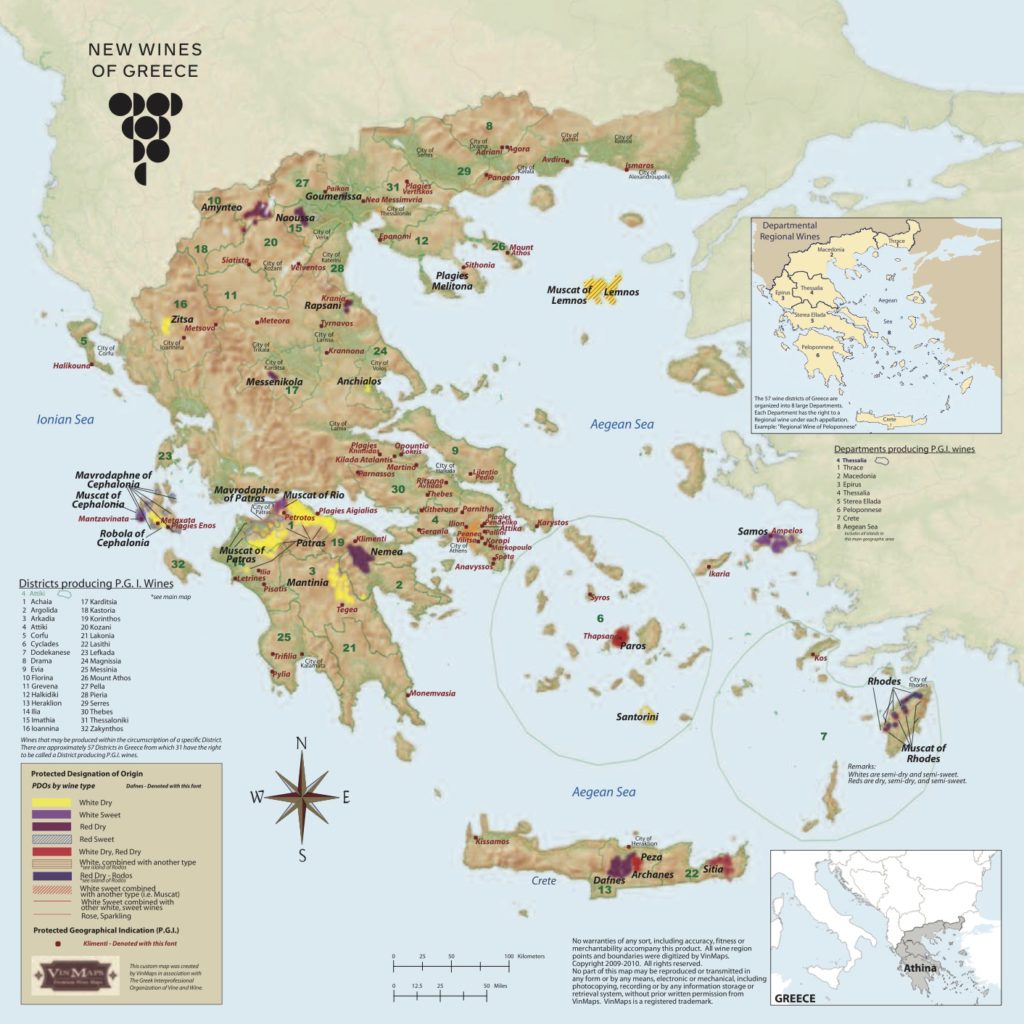
Original Map linked to the New Wines of Greece website
Northern Greece
If you’re watching Nordic Combined, then perhaps it’s worth seeking out a wine from Northern Greece. This region borders Macedonia, and includes Naoussa, known for powerful, red Xinomavro wines.
Boutari is a well-known producer here, so their wines are pretty easy to find. Easy to find pairs with Nordic Combined – see what we did there?
Central Greece
Central Greece is where we find Athens, Delphi and Mount Olympus. But guess what, Mount Olympus is not the home of the Olympics. Central Greece is, however, home of Retsina, traditionally made with the white Savatiano and Rhoditis grapes and about 1,000 grams/liter of pine resin.
Red Xinomavro wines are also common in Rapsani, where Mount Olympus is located.
Peloponnese Peninsula Palooza
The Peloponnese Peninsula is west of Athens, and this is where we find not only 1/3rd of Greece’s wine production and grape growing, this is also where we find the most appellations, and the regions of Nemea and Patras.
Olympia’s ancient site is located on this peninsula, so let’s take a quick minute to raise our glasses to this archeological site where today’s Olympic games began as, really, a religious gathering.
Here in the Peloponnese Peninsula is Patras (say that five times really fast). This is where production is mainly focused on fortified red wines made mainly with Mavrodaphne (again, five times, faster), as well as dry white Roditis and Muscat wines.
Nemea is also found on the northeastern part of the Peloponnese Peninsula. They have hot summers and red soils at higher altitudes which allow for the ripening of Agiorgitiko grapes. These grapes make a deeply colored, full-bodied wine known as Hercules Blood, after a mythical fight between the Lion of Nemea and Hercules.
Steph talks about her experience in Nemea at Domaine Skouras at 9:35.
The Islands and the Aegean Sea
However, there will not be lion slaying in this year’s Olympic games, but there will be Cross-Country Skiing to pair with wines from the islands of Crete, where it is believed vineyards in the Mediterranean originated.
Perhaps some Ski Jumping could be paired with white Assyrtiko wines of Santorini? This is an interesting aspect of Greek viticulture that should not be jumped over: this island is hot and windy, so the grapes are grown close to the ground. By being trained in a basket-shaped or kouloures configurations, the vines are protected not only from the wind and the sun, but also water evaporation. Vines trained in this manner are, naturally, low-yielding, but can last up to 75 years before they are cut off and new vines are encouraged to grow on existing rootstock, sometimes up to 300 years old! Yes, some of these vines in Santorini could predate the first winter Olympics.
We wrap up the regional rap with the island of Samos in the Aegean sea, just across a narrow straight (about one mile wide) from Turkey. Here we find the legendary Muscat of Samos. These wines must be made Muscat Blanc a Petits Grains, which comprise about 95% of plantings, often on steep slopes ascending to 3000 feet above sea level.
Samos is also the home of Nectar de Samos, where the grapes are dried in the sun, concentrating the sugars, which yields a non-fortified wine that can exceed 14% before the required three years of wood aging.
That sweet treat should warm you up while you watch Snowboarding, right?
A Quick Grab at Greek Grapes (14:52)
There are over 300 varieties indigenous to Greece, however, we already mentioned the main ones.
Red: Xinomavro, Agiorgitiko, Mavrodaphne
White: Savatiano, Assyrtiko, Rhoditis, Robola (which is actually Ribolla Gialla) & Moshofilero. Moschofilero is quite interesting because it has a pinkish/purplish skin.
Learn & Explore
Check out the New Wines of Greece page at: http://www.newwinesofgreece.com/en/explore/index.html
Factoid: Soju (15:53)
Korea’s national drink is Soju, a clear, neutral, distilled spirit, that can be a little sweeter and more full-bodied than say, for instance, vodka. It’s made with a variety of base ingredients, including potatoes, wheat, barley, tapioca or even sweet potatoes. Rice was traditionally used, but was banned for Soju distillation during the 1990’s after the annexation of Korea by Japan.
Soju has consistently been the top-selling spirit in the world for years, with Jinro brand topping sales at nearly 72 million cases in 2016, according to the Spirits Business.
The alcohol can vary from just under 17% to over 50% by volume. Most of what you’ll find on the market is about 20 – 24%, such as the Jinro.
Soju is traditionally served with food, and by someone else; you aren’t supposed to pour your own, according to tradition. It’s also done as a shooter.
Val’s Soju Slushie Sojourn (20:00)
Val gives a quick anecdote on Soju Slushies, and being mistaken for a Russian “juicy girl” in a Songtan bar. Seriously. It happened. And we have a listener who was there.
Learn more about Soju (20:19)
Soju in the states, cocktails, brands, and Psy’s influence in Soju sales are highlighted in this fun piece from Norman Miller (2013) in The Guardian: https://www.theguardian.com/lifeandstyle/wordofmouth/2013/dec/02/soju-popular-booze-world-south-korea
Justine Sterling’s (2015) Food and Wine article talks about some other Korean alcoholic beverages to be on the lookout for as you curl up with some Curling, or binge on some Bobsleigh!
Steph’s Soju Sojourn (21:00)
She tasted Yobo Soju in 2017 at the Palm Bay International Wine & Spirits Tour in Denver, and met James Kumm, the husband of the Korean-American entrepreneur and lawyer Carolyn Kim who created Yobo Soju. What makes her brand of Soju special is that it is made from grapes and distilled at Finger Lake Distilling in upstate New York. Yobo is a term of endearment in Korean and means “sweetheart” or “honey”.
Where in the W25 World? (23:00)
Steph and Val do other things besides yap into microphones and drink every week.
Therefore, please raise ’em up and congratulate Steph, who is now a brand ambassador for Women of the Vine & Spirits!
Also, Val has put some blood, sweat and audio love into producing a couple of podcasts for the Wine Scholar Guild. These feature:
- An interview with Decanter’s Andrew Jefford on the Languedoc
- Andrew Jefford’s interview with Christophe Tassan on the Rhone
- Andrew Jefford’s interview with Jane Hunt, MW on Tuscany.
You can find all of these interviews on the Wine Scholar Guild Podcast website or in iTunes/Apple Podcasts
Shoutouts (26:14)
Janet Adams on Facebook
“Listening to episode 147 on my drive to Denver.
Thank you Steph and Val for traveling with me on my current weekly trips. Love listening to the different guests and all I continue to learn. A shout out to the two of you for entertaining me. Know you always place a smile on my face and often make me laugh out loud. I am very happy to be a Patreon supporting you and all you offer.
Back on episode 147 – I am in need of experiencing the Empress Gin martini! Steph you had me on the blue to pink and the Gin flavor notes! I am a tad excited!”
iTunes Italia
Thank you also for this review on iTunes Italy from Genobigia, which we only recently discovered on a scrub of international iTunes stores. This was not discussed in the podcast, but will be next week. Grazie tanto!
Genobigia: “Fun and Informative” This is my favorite blend of serious (winegeek) information couched in relaxing banter. This is a very clever balance and not easy to achieve: imperceptibly educational – and Val and Stephanie are two people I’d love to sit and drink a glass of wine with. Great info and great crack. (Dec 2016)
Patreon Love (27:29)
Thank you to our Patrons who support us on the crowdfunding platform called Patreon!
“TENacious Tasters”
- Jeff E from the We Like Drinking podcast
- Lynn from Savor the Harvest blog
- Sebastian of Sassi Italy Tours
- Jen in Maryland (and the world, according to her Instagram feed)
- David and Lisa in Illinois
- Ann Marie in Virginia
“It’s not five o’clock and we don’t care” Listeners
- Meg in South Dakota
- Clay in Arizona
- In California – Jon, Andrew, Aswani
- Chantel in Ontario, Canada
- Mary Lou in Pennsylvania
- Cathie in Georgia
- In Colorado – Chris and Janet, Diane
- In Illinois – Steve, Renee
- Cathey in Tennessee
- Ashley in North Carolina
- Sean in Ohio
“Tastemaker Listeners”
- David in Scotland
- Carole in Kentucky
- Karen in California
Connect: (28:36)
We are here for you every week. Between episodes you can find us on the social spaces @WineTwoFive and we encourage you to join our private FaceBook group called Wine Two Five Community!
Connect with Val on Twitter @WineGalUnboxed and as Vino With Val on Facebook, Instagram & Pinterest.
Connect with Steph on online as @TheWineHeroine.
